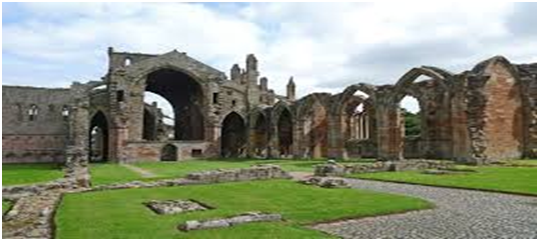Reading was originally a settlement that developed on Saxon times and was named Reada Ingas. Reada was a Saxon leader who lived in the area around the 6th century. Positioned near two rivers, it was ideal for markets as goods were transported by river. The Danes captured it in 871 and made a fort by erecting a rampart between the rivers Thames and Kennet. When the Domesday Book was written in 1086 there were about 600 people living there. Don’t let your website get stuck in the dark ages. Try a Reading web design company. For more information, visit http://www.starwebinnovations.co.uk/
In the medieval period the Normans built a wooden castle before later replacing it with stone. It was demolished in 1152 as the King worried it would fall into enemy hands. Reading prospered due its location between London and the West Country. Reading was a great stop over point on the journey from London to Bristol. Reading Abbey was built in the four years between 1121 and 1125 and attracted many pilgrims who spent money in the town. The King would also stay at the Abbey and bring with him his full entourage who would also spend money in the town.
Cloth making, wine merchants and leather were all big industries in Reading and due to the rivers, boat building was also important to the economy. Goldsmiths, Stonemasons, Carpenters and Blacksmiths were also found in abundance.
Henry VIII closed down Reading Abbey and the last Abbot was hanged outside for refusing to recognise Henry as Head of the Church of England. Henry did, however, grant the town independence as the Abbot had previously ruled affairs. Reading suffered economically though with no pilgrims now coming to the town. The clothing industry did continue to prosper and its population grew as by Elizabethan times it was considered the ‘principal town of Berkshire’.

Industry changed over the next couple of hundred years as the cloth trade declined. Pins, wire, nails and even guns were made here. In 1636 there is the first mention of a tobacco pipe makers and from 1640 silk was made in the town. During the Civil War, the town was pretty divided and at different times came under the control of both the Royalists and the Parliamentarians.
During the 18th century much of the town was rebuilt and began to look much more elegant. The streets were cleaned and paved and were lit with oil lamps. From 1800 a company began piping water to those who could afford it and in 1810 the Kennet and Avon canal opened.
By 1801 there were just under 10,000 people living in the town. Iron making became a major industry and so did brick and tile making. The industry benefited greatly by the opening of the railway linking Reading to London in 1840. Municipal buildings opened in 1876 and a library in 1884. New schools began opening too focusing on art and science.
The first cinema opened in 1909 and the University in 1926 so the cultural aspects of the town continued to grow. From the 1950’s onwards more council estates and private housing were built and shopping centres began appearing during the early 1970’s helped by the M4 opening in 1971. Many businesses moved here due to increasing rent in London and this only added to the increasing prosperity enjoyed there. Today the population is 155,000.
